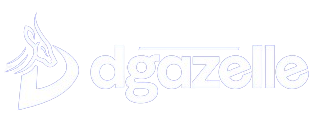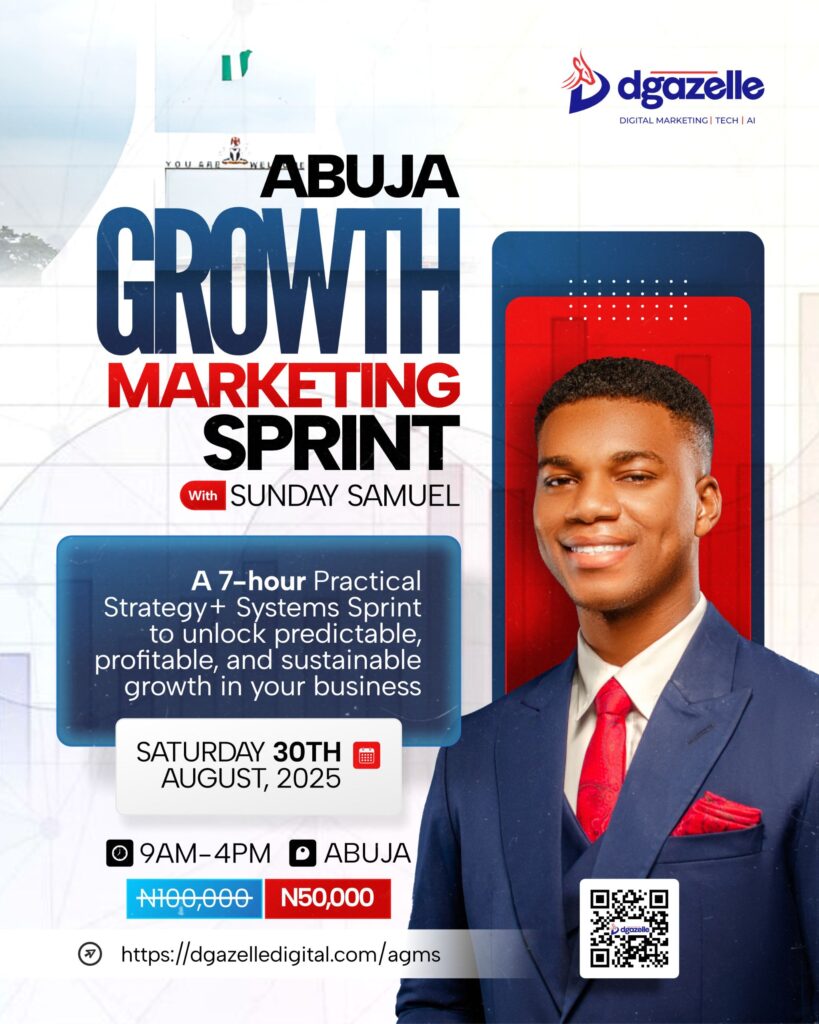Storytelling in marketing has evolved into more than just a trend—it’s a powerful tool that breathes life into your brand. In a world full of noise, a compelling brand voice that connects emotionally with your audience is essential. Through storytelling, brands not only convey their message but also build trust, humanize their offerings, and create lasting relationships. This article explores how storytelling can become the foundation of your brand’s voice, captivating and converting audiences into loyal customers.
The Essence of Storytelling
What is Storytelling?
At its core, storytelling is the art of conveying messages through a narrative, providing context, meaning, and emotional resonance. Since ancient times, storytelling has been essential to human communication, used to pass down knowledge, share experiences, and connect communities. In marketing, it allows brands to build a personality that stands out, making them memorable and relatable.
The Psychological Impact of Stories
Stories have the unique ability to evoke emotions, a phenomenon rooted in psychology. Our brains are wired to respond to narratives more than to mere facts or statistics. Emotional connections foster engagement and long-term loyalty, making storytelling a strategic asset. This is why you remember a compelling brand story over a standard sales pitch—it taps into cognitive retention, making the message stick.
Storytelling as a Marketing Tool
Brands like Apple and Nike have mastered the use of storytelling. Apple’s “Think Different” campaign didn’t just sell products; it sold a lifestyle, a mindset. Unlike traditional marketing methods that focus solely on benefits or features, storytelling adds depth and relatability. It transforms customers from passive buyers into participants in a brand’s journey, creating a deeper emotional connection.
Crafting Your Brand Narrative
Identifying Your Core Message
The first step in storytelling is clarity. What do you want your brand to be known for? Your core message should reflect your brand values and be simple enough to resonate across all platforms. Techniques like the “Five Whys” help distill complex ideas into a clear, concise message.
Understanding Your Audience
Effective storytelling isn’t about what you want to say—it’s about what your audience wants to hear. Understanding your audience’s interests, challenges, and aspirations helps shape your narrative to meet their needs. Using tools like surveys and social listening can provide valuable insights into your audience’s behavior and preferences.
Building a Compelling Story Arc
Every great story follows a structure: a beginning, middle, and end. This framework can be used to create brand stories that captivate. Introducing relatable characters, conflicts (pain points), and a resolution (your product as the solution) makes your narrative more engaging. Always incorporate your Unique Selling Proposition (USP) to differentiate your story from others.
Integrating Storytelling into Your Brand Voice
Define Your Brand Voice
Your brand voice is the personality you present to the world. It should be consistent across all communication channels. Whether it’s playful, authoritative, or compassionate, storytelling shapes this tone. A consistent brand voice enhances trust and reinforces your message.
Channels for Storytelling
- Social Media: Platforms like Instagram and TikTok are perfect for visual storytelling, where bite-sized stories can be shared through images, reels, and live videos.
- Blogs and Articles: Long-form content like blogs allows you to dive deeper into your brand narrative, offering rich storytelling that educates and engages.
- Video Content: The rise of YouTube and Vimeo proves that video storytelling is more captivating than ever. Visual elements can evoke emotions and leave lasting impressions more effectively than text alone.
Measuring the Impact of Storytelling
To know if your storytelling efforts are successful, you need to track performance. Key performance indicators (KPIs) such as engagement rates, time spent on page, and conversions can offer insights. Tools like Google Analytics or social media analytics platforms can help measure the effectiveness of your storytelling strategies and refine them over time.
Common Storytelling Frameworks
The Hero’s Journey
This classic framework, made famous by mythologist Joseph Campbell, is used by brands like Apple and Nike. In this model, the customer is the hero, and your brand acts as the mentor or guide, helping them overcome obstacles and achieve their goals.
Emotional Storytelling
Emotion is a key driver of decision-making. Brands like Coca-Cola use emotional storytelling to evoke feelings of happiness, belonging, or nostalgia. When you create a story that resonates emotionally, it leads to a deeper connection with your audience.
The Problem-Solution Framework
This approach focuses on identifying the pain points of your audience and positioning your brand as the solution. Case studies are an excellent way to showcase this framework in action, demonstrating how your brand solves real-world problems.
Challenges and Missteps in Brand Storytelling
Overcomplicating the Story
One common mistake brands make is making their narrative too complex. Clarity is key in storytelling. Simplify your message so it’s easy to understand and emotionally engaging.
Ignoring Audience Feedback
Your story should evolve with your audience. Gathering and acting on audience feedback is crucial for refining your narrative. Mechanisms like online reviews, social media polls, and direct engagement help keep your story relevant.
Neglecting Authenticity
Authenticity is non-negotiable. Audiences can easily spot when a brand is being disingenuous, leading to a loss of trust. Staying true to your brand’s values ensures that your stories resonate deeply and foster loyalty.
Conclusion
Storytelling is more than just a marketing tool; it’s the lifeblood of your brand voice. By crafting compelling narratives that align with your audience’s values and experiences, you can build a stronger, more authentic connection with them. The impact of an emotionally resonant story far outweighs that of a mere transactional message. Whether you’re just starting to build your brand’s story or refining an existing one, the power of storytelling will help you captivate, engage, and ultimately convert your audience.
GET IN TOUCH
Are you ready to infuse life into your brand through storytelling? Let’s work together to craft a narrative that captivates and converts. Reach out today for a free consultation on how to maximize the impact of storytelling in your marketing strategy.







